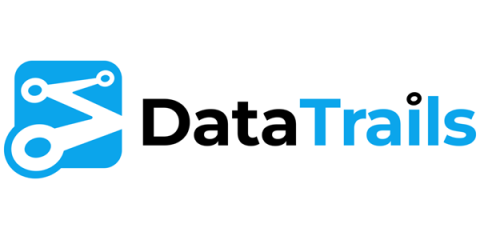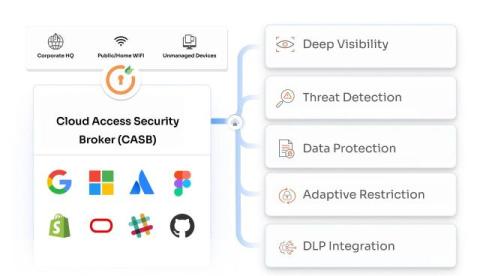Active Roles release 8.2: Enhancements for hybrid cloud and Entra ID
You may already be using Active Roles to manage privileged access, identity and Active Directory (AD) from a single pane of glass. But now, you can get more. Active Roles release 8.2 is poised to offer multiple new features that support customers who are migrating to the cloud and applying web-based resources during the continuing market evolution. It also introduces enhancements to management within Entra ID.










